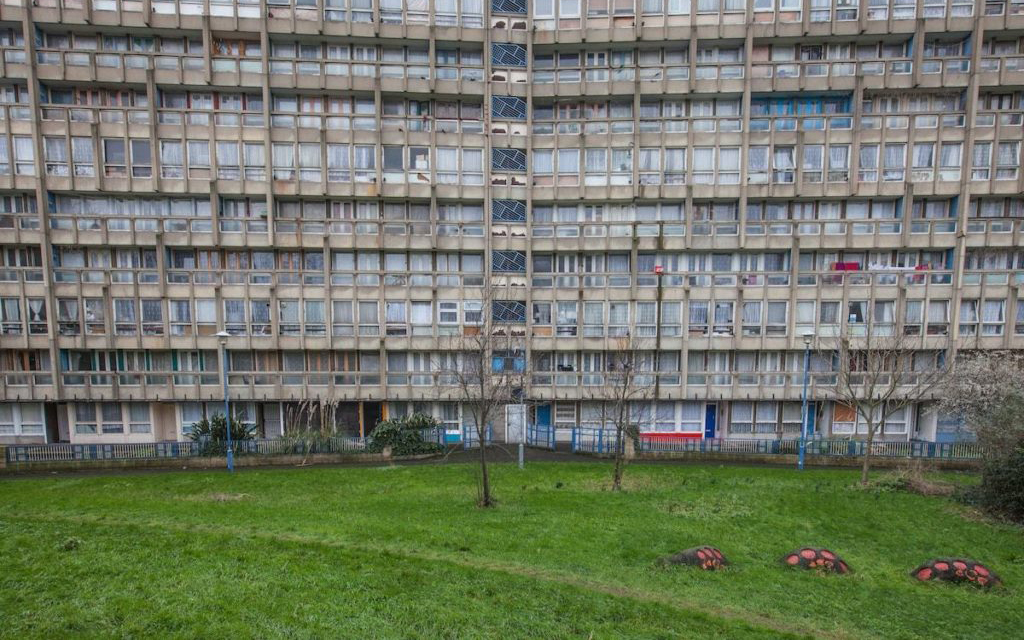
When I read Ariane’s article on how highways, the very neurons of American cities, serve to both directly and indirectly target, segregate, and displace minority communities, I was struck by how something as unassuming as the highway could be a physical manifestation of racism. I was not however as surprised by Ariane’s mention of other forms of structural racism, namely “ redlining, and restrictive covenants,” which for years have exacerbated racial injustices within American cities.
Redlining is the historic categorisation of urban neighbourhoods across the US by the Home Owners’ Loan Corporation into four categories: “Best”, “Still Desirable”, “Declining”, and “Hazardous”. Of which the last category is significantly determined by the neighbourhood’s race. If the neighbourhood is largely made up of African American residents, it is deemed as “Hazardous” and a thick red line was drawn around the area on paper maps. Hence the derivation of the name “Redlining.” It is a housing practice that has never existed in the UK.
In Ta-Nehisi Coate’s seminal article “The Case for Reparations,” a colour-saturated map of redlined neighbourhoods in Chicago during the 1930s explains how white property owners took advantage of black families. African Americans seeking to move into better neighbourhoods would be forced to buy “on contract”: a predatory agreement that combined all the responsibilities of homeownership (water, electricity, gas bills, repairs) with the disadvantages of renting (frequent payments over an extended period of time). Benefits of neither homeownership nor renting were reaped. Hence through discriminatory housing practices, these families were set up for economic downfall.
Though redlining has been illegal since the Fair Housing Act of 1968, in Baltimore the wound of redlining is being reopened as the climate crisis amplifies social injustices. As a result of the absence of green parks and their replacement with (now abandoned) concrete facilities, the urban heat island effect most significantly impacts previously redlined neighbourhoods. Residents suffer sever health problems to do with heatstroke, and this setback robs families off disposable income that could have gone towards purchasing a house.
Redlining is a phenomena that only exists in the US ( or at least only exists under that name.) Naturally I began to question if any such parallel situations exist in the UK.
In the last two decades in the UK, homelessness has grown massively in Black, Asian and Minority Ethnic (BAME) communities, from 18% to 36% – double the presence of ethnic minorities in the population. BAME households are far more likely to live in overcrowded, inadequate or fuel poor housing than white households, as confirmed by the Government’s audit. One in six ethnic minority families have a home with a category 1 hazard under the housing, health and safety rating system.
That racial disparities in housing have persisted for decades cannot be doubted, and this is underscored by a raft of research over the past six decades, including a recent study by the Human City Institute. HCI’s research reveals that the level of housing stress, the situation where housing cost is high relative to household income, in BAME communities is much higher than for white communities.
In a search for an explanation, I came across past policies which arguably have been racially motivated. For example, under “the bedroom-tax,” tenants in social housing have their benefit reduced for every spare bedroom they have which perhaps impacts large, low-income, African British families the most. However the bedroom tax also unfairly affects disabled people, foster carers, parents of teenage armed forces personnel etc... Hence while policies such as the bedroom-tax are discriminatory, they cannot be claimed to be the direct result of racial motivations.
Because of this, it is difficult to distinguish correlation from causation. The line between a physical manifestation of racism in the built environment, and a correlation with economic factors (such as income) or welfare reforms is blurred. In the UK is it a direct result of a community’s race that such housing patterns exist? Or is it the relationship with families of a certain race tending to have lower household incomes that such patterns exist? As with any cycle it is hard to tell the start from the end, yet what is undeniable is that policies must be made, and BAME housing associations must be funded in an attempt to reverse and dismantle this cycle.